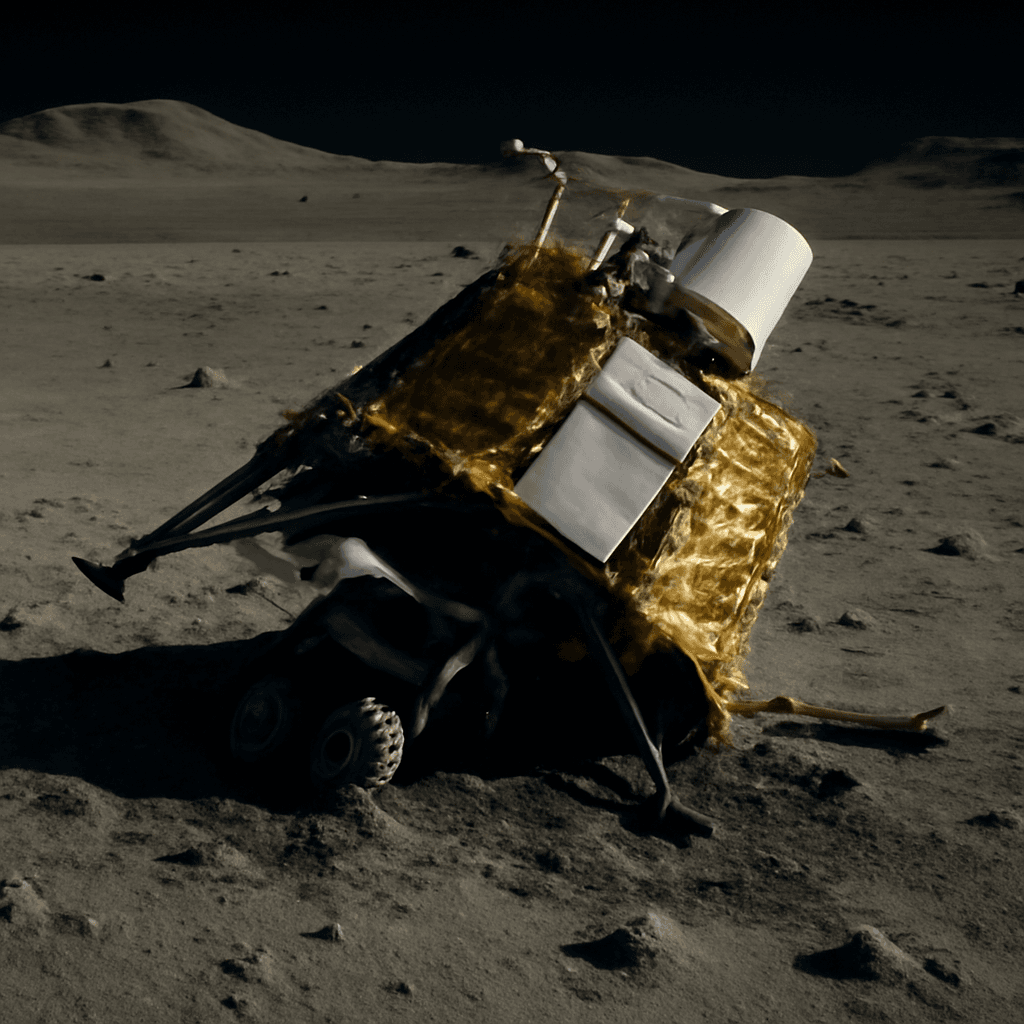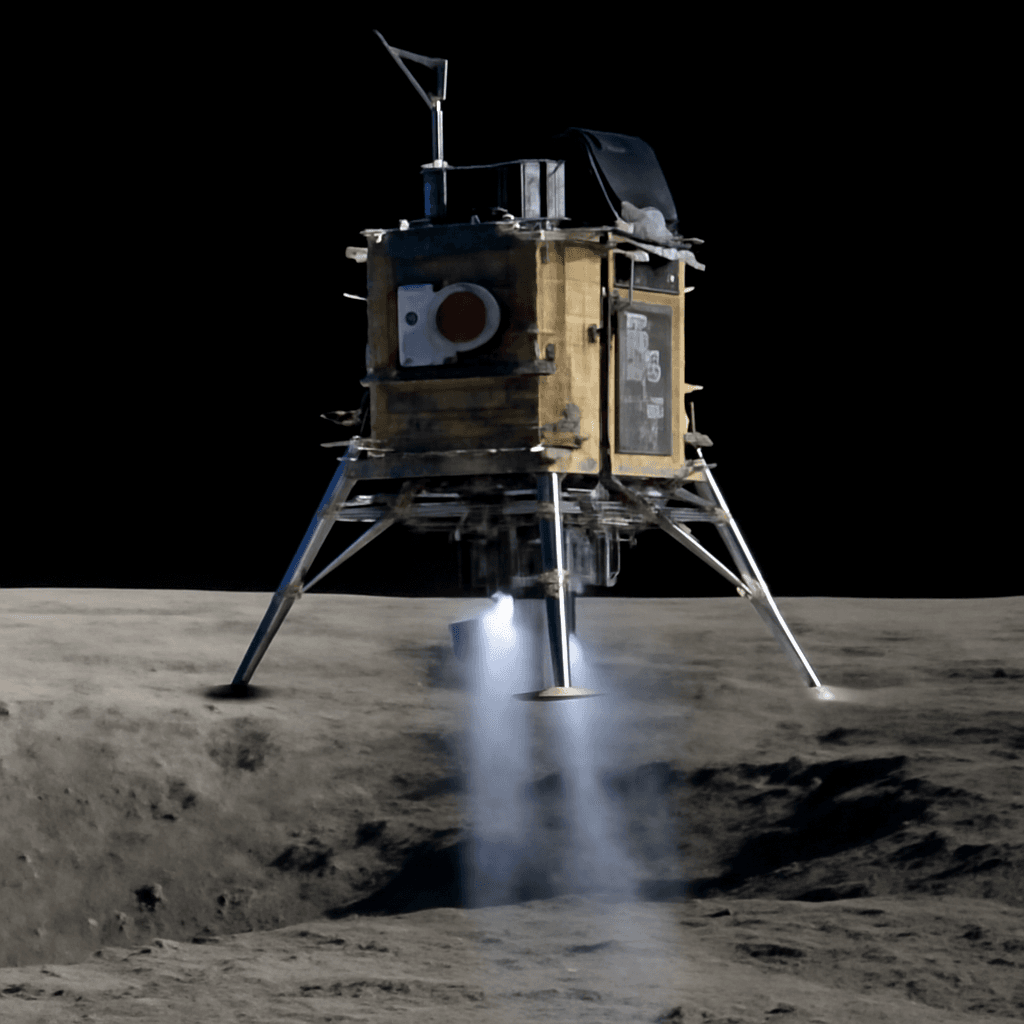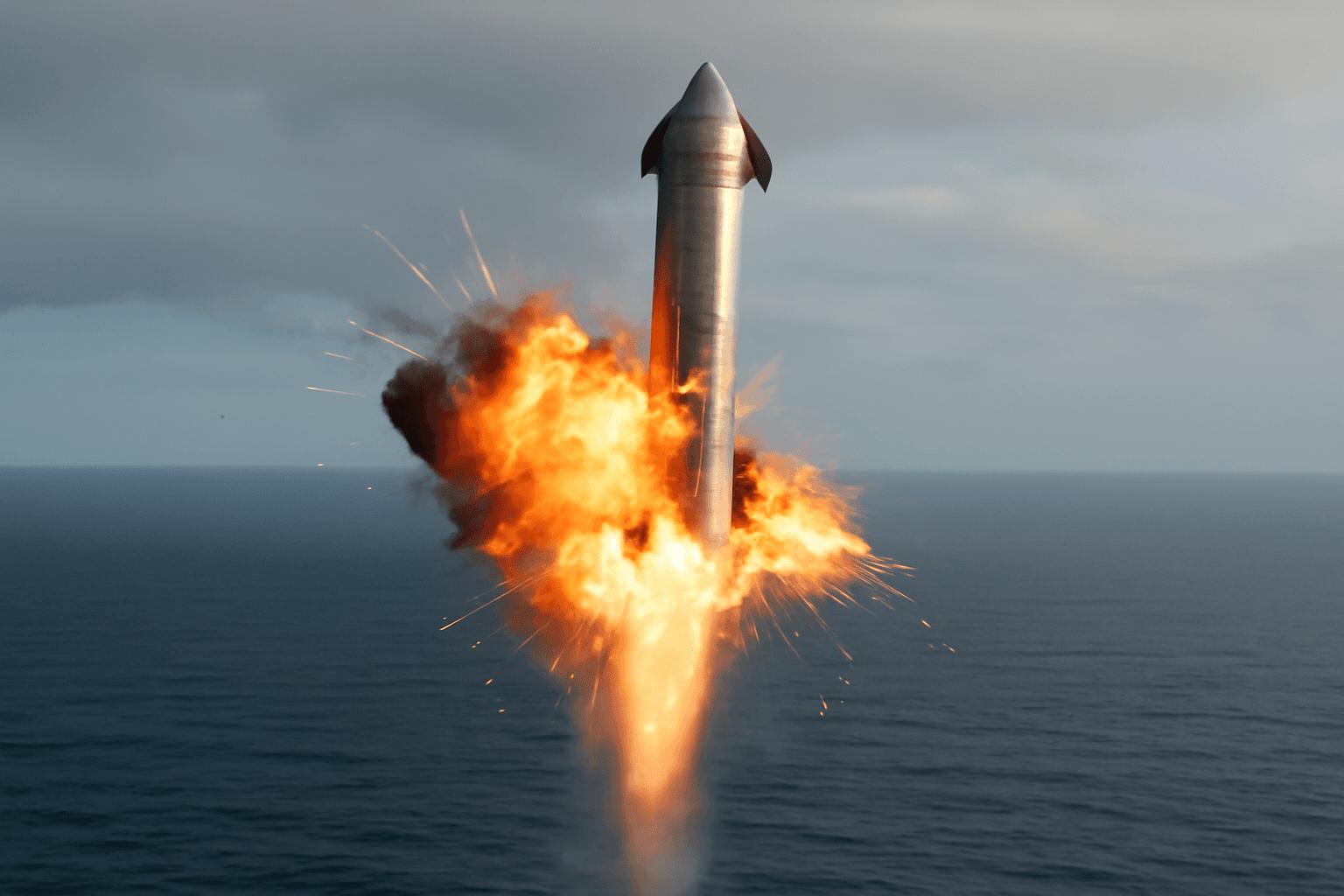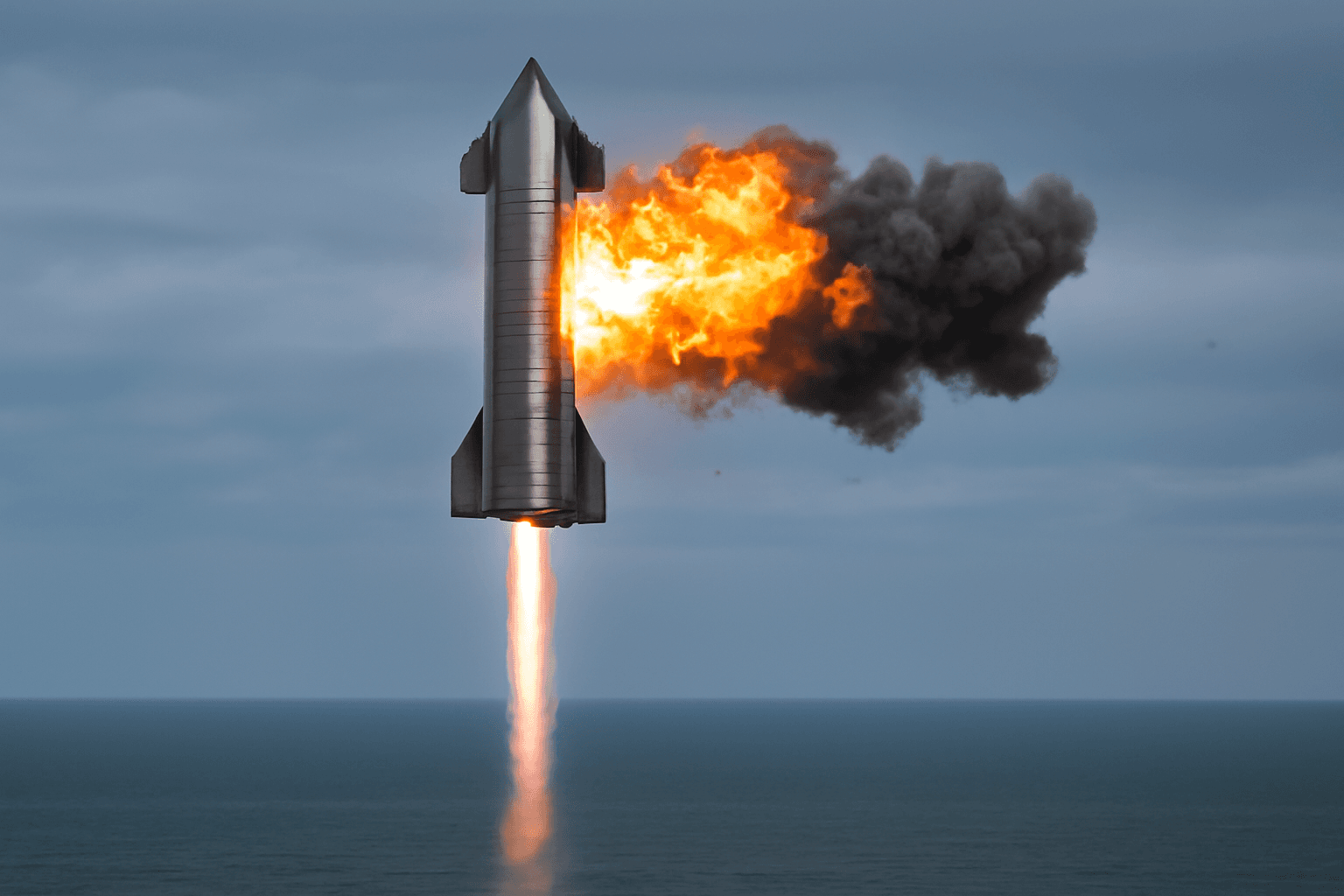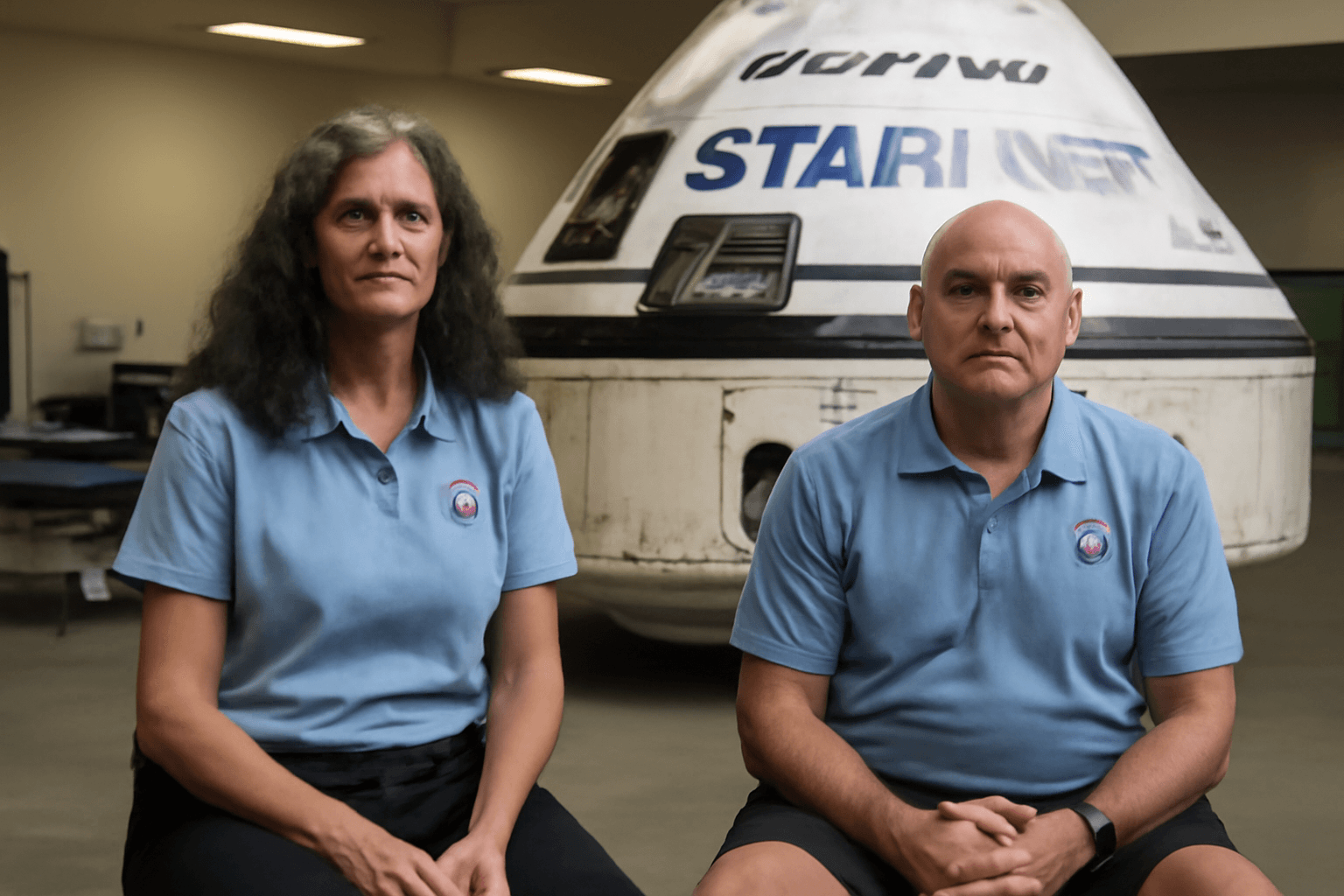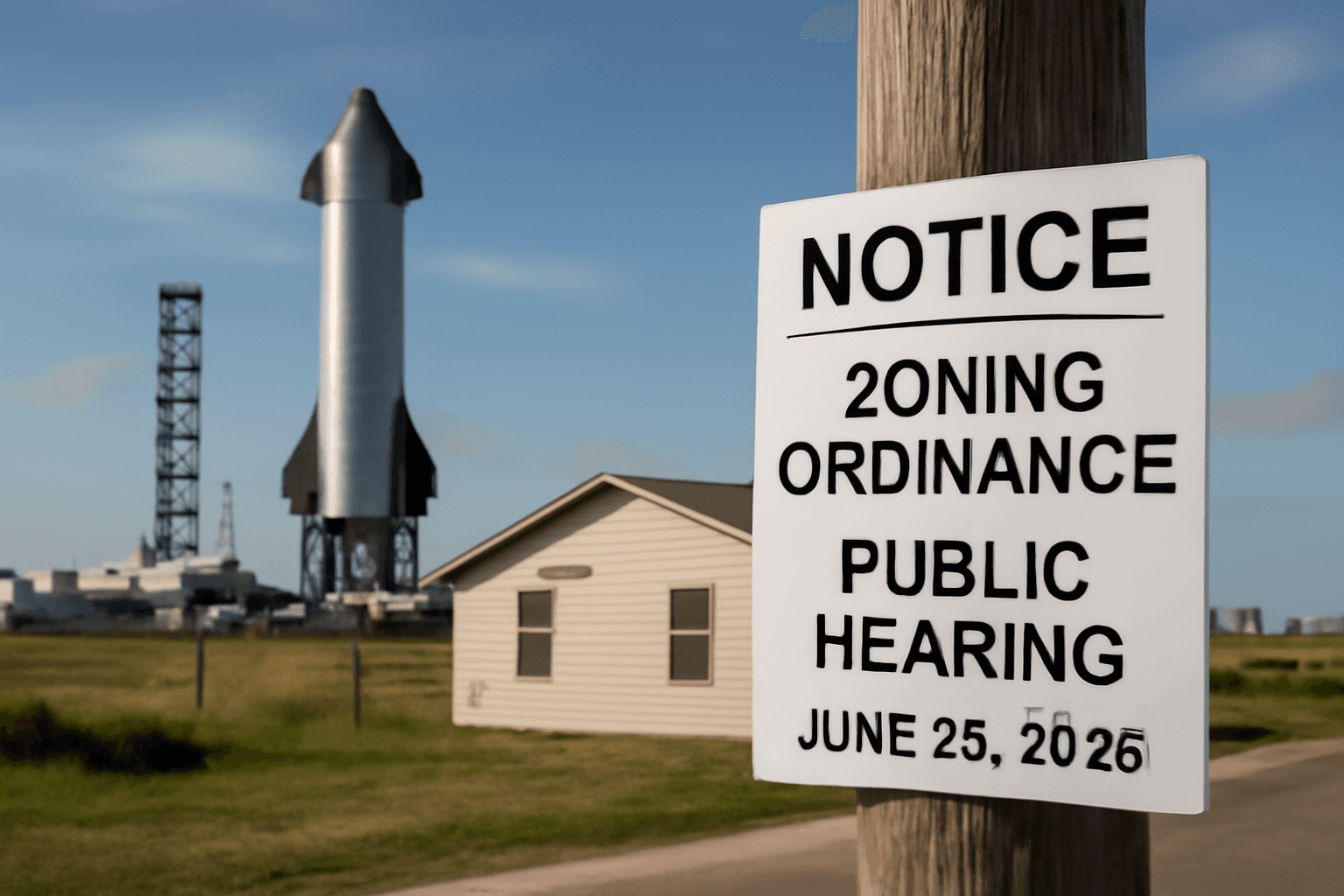Japan’s Private Lander 'Resilience' Crashes on Moon Landing Attempt
Japan’s private lunar lander, Resilience, crashed just minutes before its scheduled touchdown on the moon, resulting in a blackout of communications and the mission’s failure. This incident marks the second unsuccessful lunar probe attempt by Tokyo-based company ispace, underscoring the complexities of the commercial space race to the moon.
Overview of the ‘Resilience’ Mission
Resilience, measuring 2.3 meters, was launched from Florida in January 2025 and entered lunar orbit last month. The lander targeted Mare Frigoris (Sea of Cold), a relatively flat region on the moon's northern near side characterized by craters and ancient lava flows.
The mission planned to deploy a European-built, 5-kilogram mini rover named Tenacious. Constructed with carbon fiber-reinforced plastic and equipped with four wheels, the rover featured a high-definition camera, a shovel for collecting lunar soil, and a Swedish artist’s small red model house, dubbed “Moonhouse,” to be placed on the lunar surface. Operational during the lunar daylight lasting approximately two weeks, the rover was designed to travel slowly within two-thirds of a kilometer from the lander.
Cause of the Crash and Preliminary Analysis
Officials reported that a laser altimeter system — essential for measuring the lander's altitude during descent — malfunctioned. As a consequence, Resilience descended faster than planned, likely causing a hard crash landing on the moon’s surface. Communication with the spacecraft ceased moments before touchdown, prompting mission controllers to declare the attempt unsuccessful.
The company stated, “Based on these circumstances, it is currently assumed that the lander likely performed a hard landing on the lunar surface.”
ispace’s Response and Future Plans
Takeshi Hakamada, CEO and founder of ispace, expressed regret over the mission’s failure, noting it as the company’s second unsuccessful moon landing attempt. He emphasized the importance of learning from this setback and confirmed the company’s commitment to continuing lunar exploration.
Hakamada regards the Resilience mission as a stepping stone toward a larger, more advanced lander planned for launch in 2027, which will involve collaboration with NASA. While exact mission costs were not disclosed, it was noted that this project was less expensive than their first mission, which exceeded $100 million.
Jeremy Fix, chief engineer of ispace’s US division, highlighted the financial constraints the company faces, underscoring the need to avoid repeated failures in a highly competitive environment.
Global Context: Countries Achieving Lunar Landings
Successfully conducting a robotic lunar landing remains a formidable challenge. To date, only five countries have accomplished this feat:
- Russia
- United States
- China
- India
- Japan
Among these, the United States uniquely succeeded in landing astronauts on the moon, with 12 missions between 1969 and 1972. Meanwhile, NASA is preparing for a mission to send four astronauts around the moon next year, and China plans to deploy its astronauts to the lunar surface by 2030.
In addition to ispace, two American private companies, Blue Origin and Astrobotic Technology, are pursuing moon landings by the end of 2025. Notably, Astrobotic’s previous lunar attempt in 2024 resulted in a crash, missing the moon and re-entering Earth's atmosphere.
Conclusion
The setback of the Resilience lander highlights ongoing challenges in lunar exploration, particularly within the growing commercial sector. Despite these failures, companies like ispace persist in advancing technology and ambitions to establish a sustainable presence on the moon in the coming decade.

